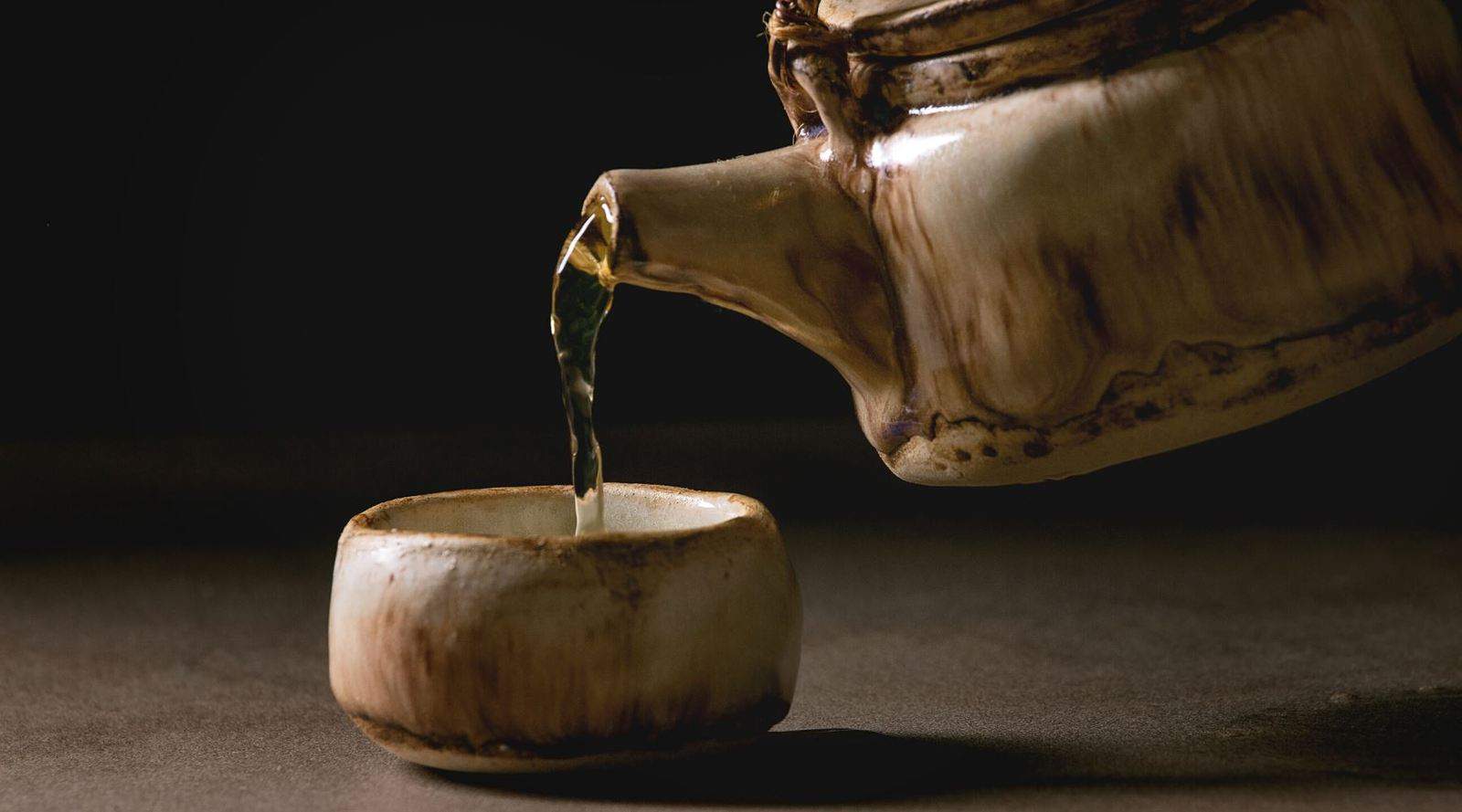Have you been wondering how much your antique teapots would rake in if you were to resell them? Or are you merely looking to invest in some collectables but aren’t sure about their pricing?
It’s vital to know how to value antique teapots as it may save you from getting conned. Better yet, it will enable you to charge a fair amount when reselling your antiques. As you may know, the antique market is full of fakes that get promoted as the real goods.
This is why any beginner collector should know how to do the math. With that said, here are several factors that determine an antique teapot’s value:
1. Condition
The original condition of a teapot is crucial in determining its market price. The most valuable teakettles are neither repaired nor damaged.
However, many collectables have worn-out areas, considering that they’ve been in use for at least fifty years. For instance, you may find that your teapot has cracklings on the surface, especially if it’s made of porcelain or ceramic.
With silver teapots, you may see a few worn-out spots. Generally, the more ragged the teapot is, the lower its value.
2. Rarity
Without a doubt, rare teapots are pricier than the common ones because they’re more desirable to collectors. Take note that the rarity of a teapot may get determined by its age and history.
Consider this: an eagle-eyed antique enthusiast recently made a killing after selling a teapot at an auction for around $800,000. This was after he had bought it for only $20 at a fair.
So, why did the teapot end up being so valuable? After research, specialists discovered that the teapot got made in the 1760s by the John Bartlam porcelain factory- the first American porcelain manufacturer.
This was at a time when had imposed non-importation agreement against the British, merely before the Revolutionary War. As such, the teapot carried a lot of historical significance, and hence its high value.
3. Maker or Brand
To figure out the maker of your teapot, look for markings at its bottom area. These markings indicate the manufacturer as well as when the teapot got made.
You may need to decipher the markings to establish their true meaning. For this reason, it’s best to invest in one or two reference books. And how does the maker of a teapot affect its value?
Knowing your teapots manufacturer authenticates the originality of your merchandise. In other words, an antique from a well-known brand will be more valuable that one from an unknown source.
4. Provenance
Provenance refers to the teapot’s history- who owned it, where, and when. Teakettles with a documented history of origin and ownership are more valuable than those without any documentation. What’s more, the status of an antique’s past owner can also affect its final price.
To be sure about the provenance of a teapot, the evidence must be strong enough to support the historical claims. Mind you, a provenance doesn’t have to be complex or lengthy to be high quality. Often, provenance can simply be a photo of the teakettle with its original owner.
Yes, simple but definitive documentation can increase your teapots value tremendously. But only if its original owner was famous.
5. Weight
Weight another crucial factor that determines the value of a teapot and especially silver teapots. This is mainly because the pot’s weight can be an excellent indicator of its true quality.
The average silver teapot should measure around 20oz. Meaning that it can sell for $127 at a smelter.
If anything, the practice of melting silver items started in the olden days. Since many people considered silver to be equivalent to money, societies would melt silver objects down in a bid to hold onto them, especially during war. Fast forward to today, people still meltdown silver objects such as teapots.
6. Age
To determine the face value of your teapot, look at its shape, colours, decorations, and pattern. All these are factors that will help you figure out your teapot’s age. And the older the teapot, the more valuable it is.
When it comes to shape, teapot makers have been adopting different styles since time immemorial. For instance, the round shape got used by teapot makers from 1730 through 1760. On the other hand, the round and wide teapots were most popular from 1810 through 1835.
Related Article: How to Date Antique Teapots? Step-by-Step Procedure
The True Value of Antique Teapots
By considering the pointers above, you’ll easily determine the true market value of an antique. However, it’s best to first confirm that you’re dealing with an antique in the first place. You don’t want to get excited about a prospect only to realize that you’re dealing with a fake.

